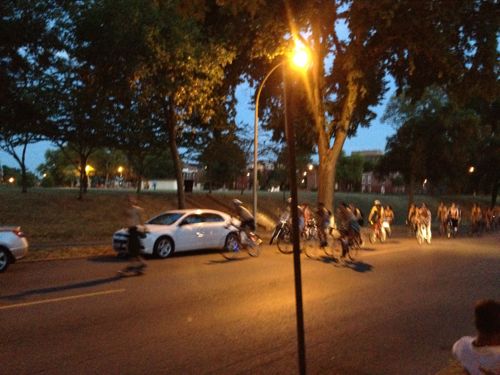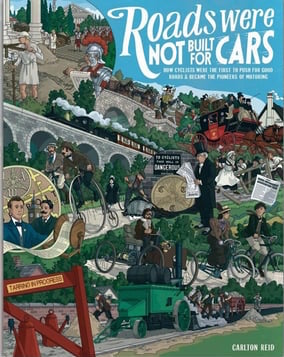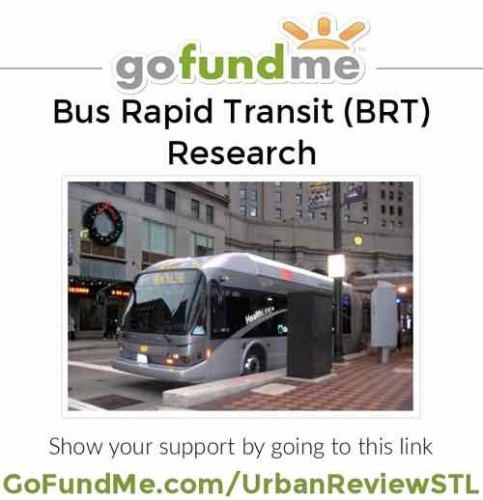Changes Needed on South Broadway to Prevent More Pedestrian Deaths
For over a decade I’ve written about pedestrians, including pedestrian deaths. It’s difficult to visit the sites and write about how the area could be designed better, but nothing like the pain experienced by the families & friends who’ve lost a loved one. Most recent was Bapi Gupta:
Gupta’s mother, Genie Dee, and Georgie Busch, who lost her daughter, Amber Wood, in a hit-and-run accident in the same location in 2012, are hoping to bring change to the stretch of roadway.
The string of fatalities and near misses has many calling for slower traffic in the area.
“Why is it 35 miles an hour here? Why isn’t there a stop light up the street here, which they took down, by the way,” said Michael Chekoudjian, the driving force behind a change.org petition asking for changes to the area. (KMOV)
From the change.org petition:
With 3 fast lanes of traffic heading south, trying to beat the lights cars are exceeding the speed limit by 20 to 50 MPH. This is very Dangerous in an “Entertainment District” with as many as a 1000 people in the streets at times and as we know by the hit and run death of “Amber Wood” at the 700 block of Broadway in April of 2012 this is a very dangerous stretch of roadway. We the signers of this petition want Mayor Slay to put a stop to this speeding on this dangerous stretch of road in the name of “Amber Wood” NOW!
First let’s look at a couple of recent suggestions offered by family & friends:
Lower the posted speed limit: Motorists currently exceed the 35MPH speed limit, they’ll drive the same speed regardless of the posted limit. This is because people drive at what they perceive to be a safe speed based on the design of the road. If you want to lower the speed — you must change the design! More on the design later.
Traffic signal at previous intersection: The previous light at Cerre St was removed when a new ramp onto Eastbound I-64 made it a dead-end street. Putting a signal back doesn’t make sense. However, a flashing yellow signal overhead would be a good idea, changing to red if activated by a pedestrian wanting to cross Broadway.
There are things that should change, let’s take a look:
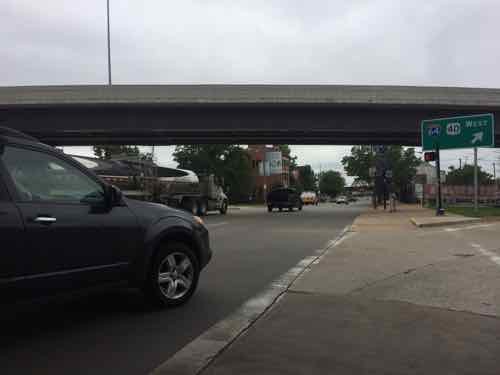
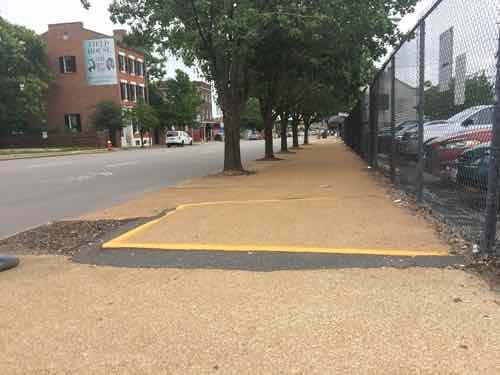
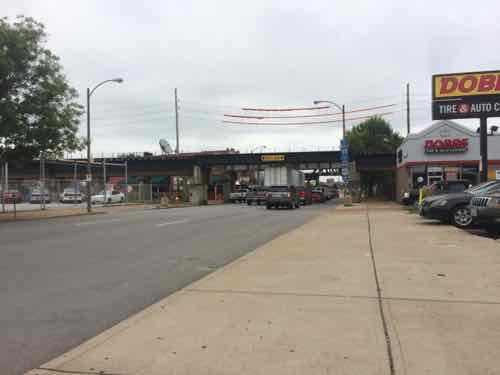
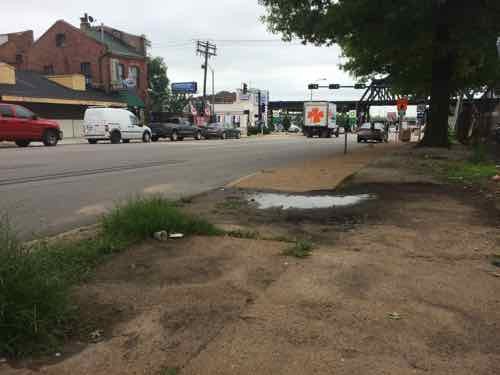
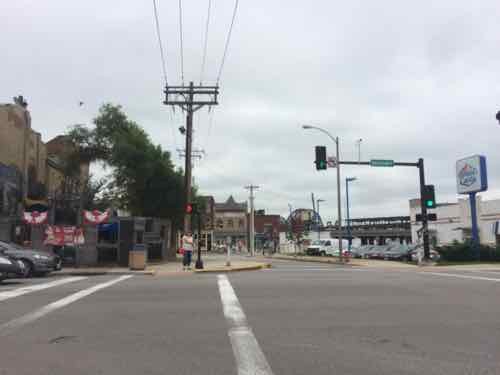
I sat here for a few cycles to time the lights. For vehicles the light is green for about 38-40 seconds. However, the pedestrian signal is “walk” for just 4 seconds before it begins to flash! It flashes for 10-15 seconds before going to a solid don’t walk, but the traffic signal remains green. Having such a short walk time with a longer traffic time encourages pedestrians to go for it rather than wait on the longer Broadway signal. The pedestrian signal timing needs to change immediately! Ok, let’s cross.
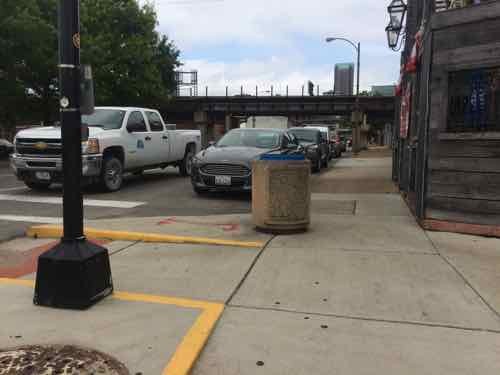
Based on my visit, here are my suggestions:
Immediate solutions:
- Change pedestrian signal timing at Gratiot.
Short-term solutions:
- Reinstall traffic signal at Cerre St., on yellow flash, changing to red if activated by a pedestrian.
- Restripe Broadway, narrowing the 3 drive lanes.
- Add a solid white lane to separate the outside drive lanes from the adjacent parking lanes.
- Change pedestrian signals to have a countdown timer.
Long-term solutions:
- New streetscape, putting the road on a diet with curb bulbs at all corners. Include mid-block planters in the parking lanes.
- Return 4th & Broadway to 2-way traffic.
More observation, at different times, is needed. But this area must change or we’ll see more pedestrians hit.
— Steve Patterson
